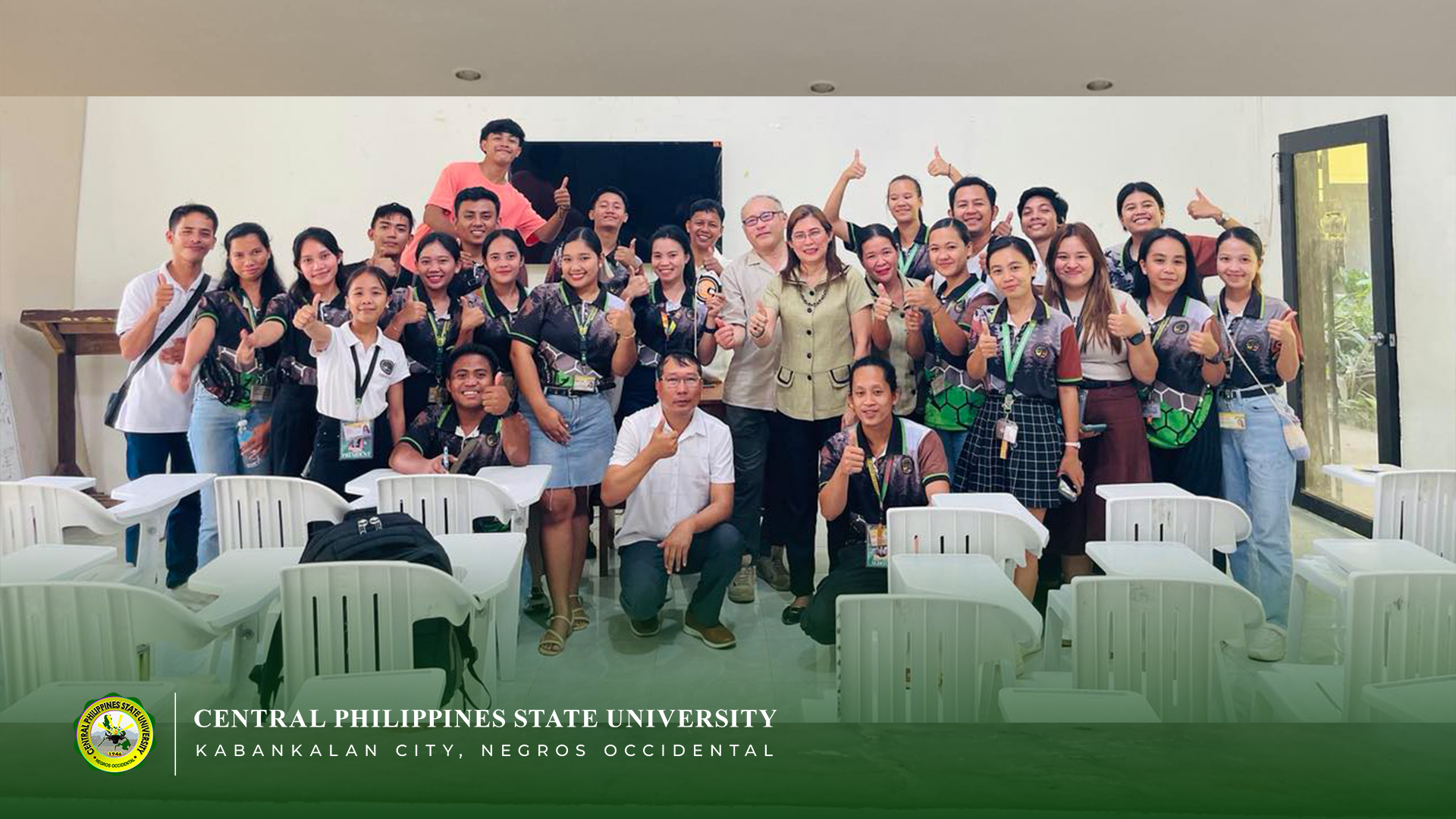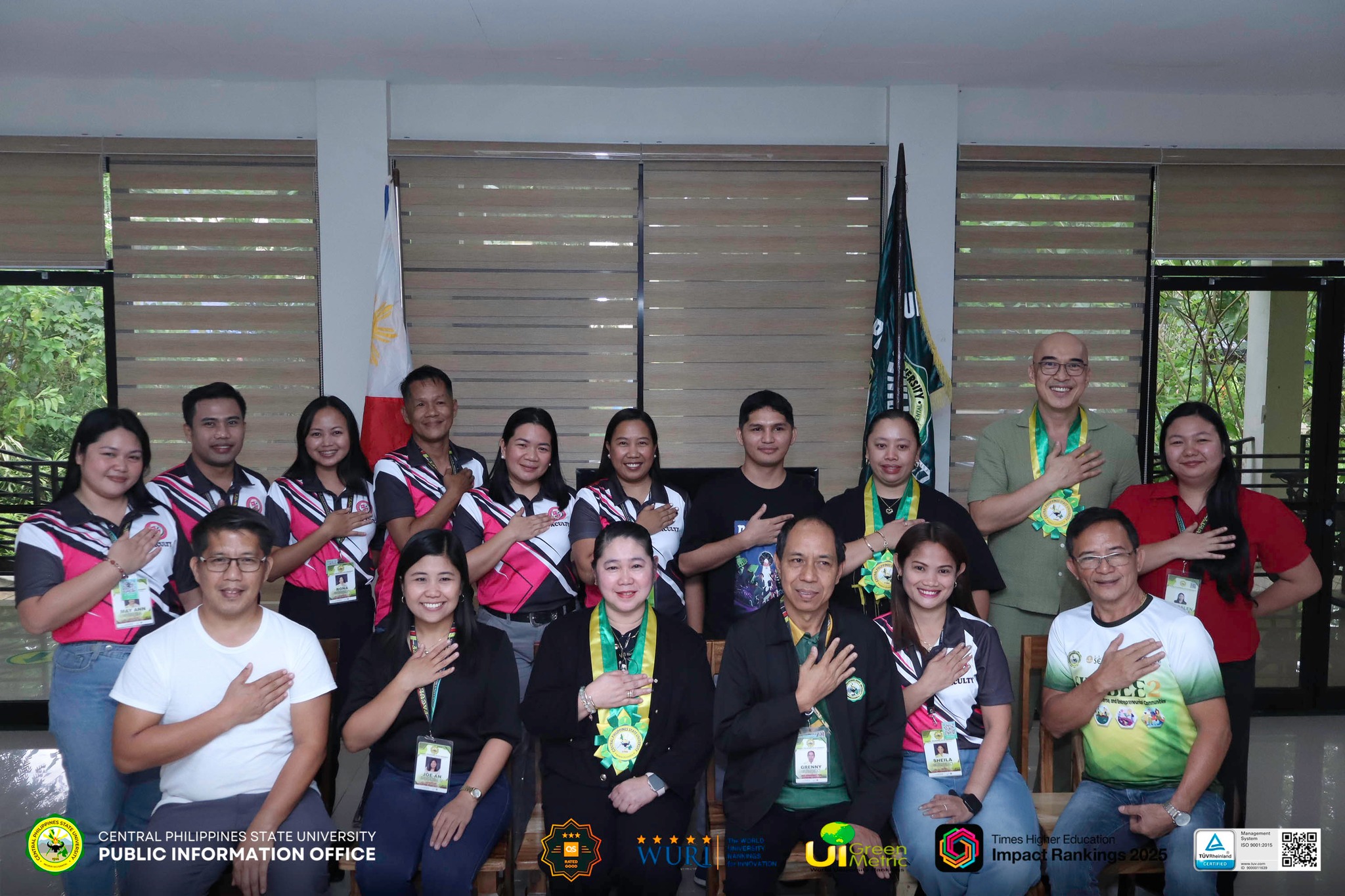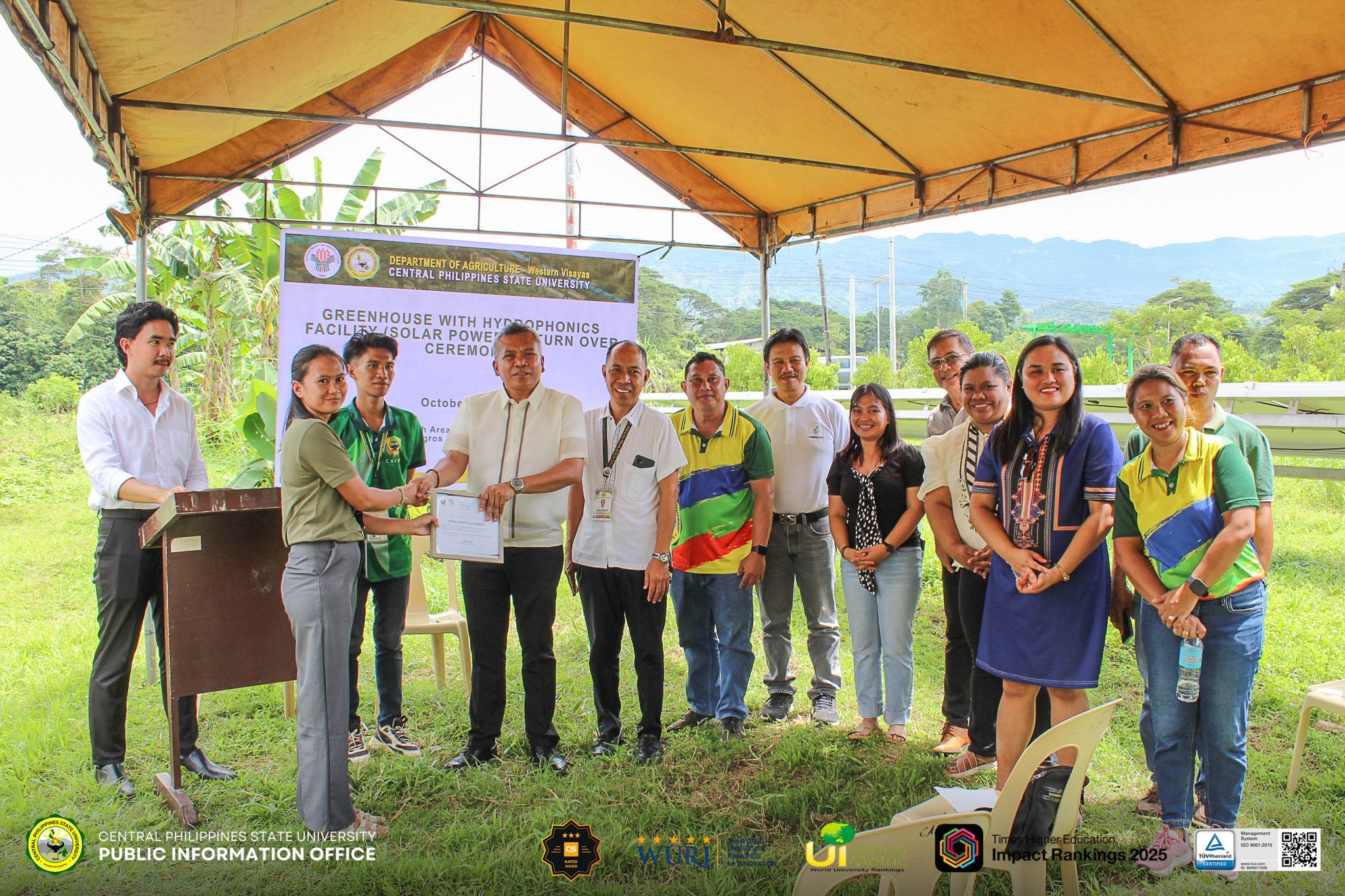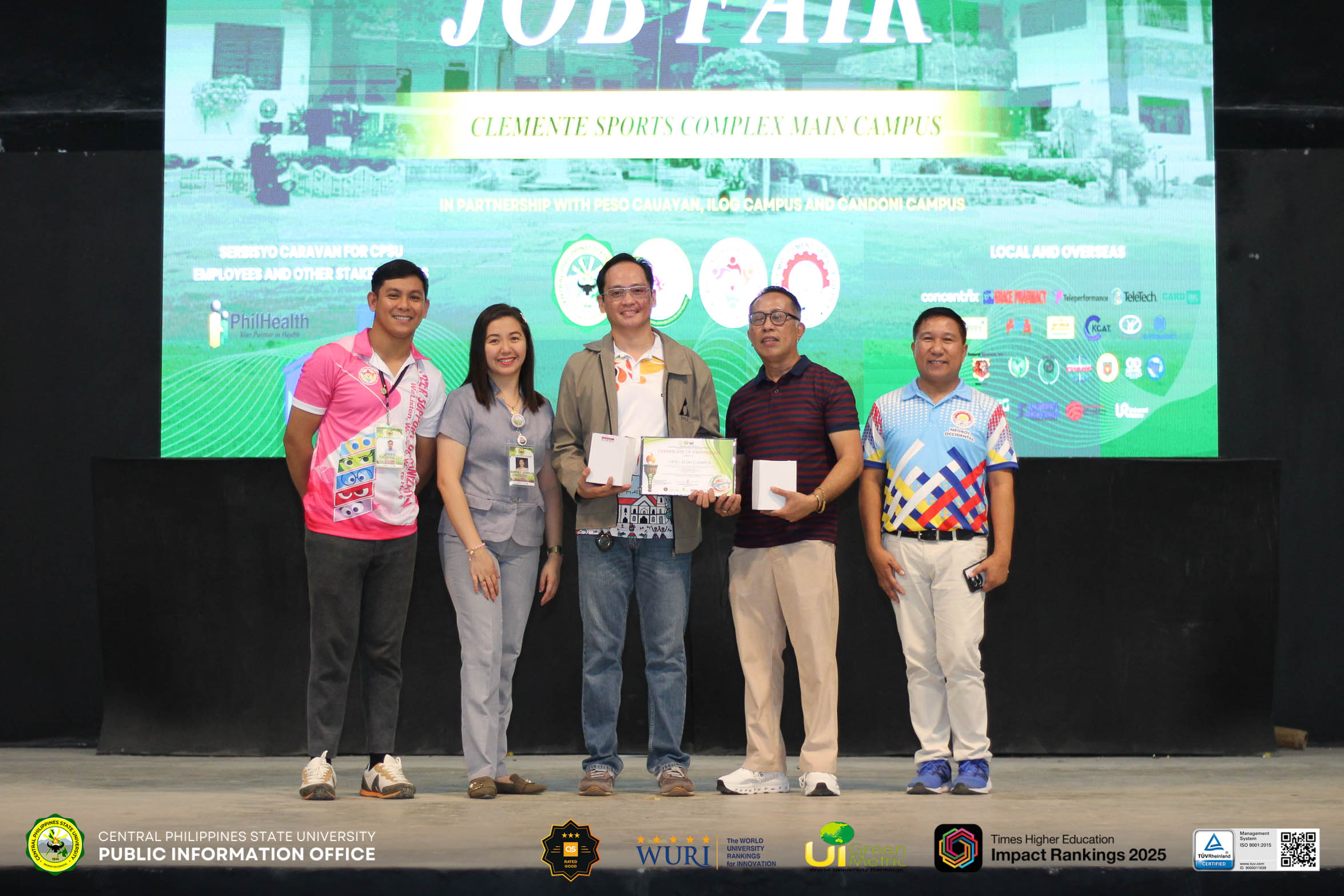𝗝𝗜𝗥𝗖𝗔𝗦 𝘀𝗿. 𝗿𝗲𝘀𝗲𝗮𝗿𝗰𝗵𝗲𝗿, 𝗖𝗣𝗦𝗨 𝗳𝗼𝗿𝗲𝘀𝘁𝗿𝘆 𝗱𝗲𝗽𝗮𝗿𝘁𝗺𝗲𝗻𝘁 𝗰𝗼𝗹𝗹𝗮𝗯𝗼𝗿𝗮𝘁𝗲 𝗳𝗼𝗿 𝗳𝗼𝗿𝗲𝘀𝘁 𝗰𝗼𝗻𝘀𝗲𝗿𝘃𝗮𝘁𝗶𝗼𝗻 𝗶𝗻𝗻𝗼𝘃𝗮𝘁𝗶𝗼𝗻𝘀
Mar 10, 2025 | News
To develop innovation in regreening degraded forest areas and sustain the needs of communities for raw materials, Japan International Research Center for Agricultural Sciences (JIRCAS) and Central Philippines State University (CPSU) Forestry Department partnered for research.
JIRCAS’ Rural Development Division—Senior Researcher, Mr. Koichi Takenaka—collaborated with CPSU’s forestry professors and instructors for his research entitled “Research on Environmental Conservation for Tropical Islands (Ridge-to-Reef Agroecosystem Connectivity): Forest Conservation Research Themes.”.
"We are delighted with this engagement with JIRCAS and we can really see the sincerity of our partner researcher, Mr. Takenaka who brought an array of equipment which can be utilized for supplementation of instruction to students and for future foresters who will endeavor in experimentation and research on the field. In Forestry research, the equipment are rare and very valuable assets. The engagement with our foreign partner will be addressing the department's target in internationalization which is also a requirement in our application for level 4 accreditation and as a center of development in the field of Forestry," said Professor Mae Flor G. Posadas.
Using the fast-growing 𝘈𝘯𝘢𝘣𝘪𝘰𝘯𝘨 and the indigenous material-made soil briquettes, the team aims to innovate in addressing degradation in hillside areas; provide local communities with tree-planting models that could produce standard logs harvestable after two years of planting and that could regrow from remaining tree stumps; and minimize plastic waste produced in tree-planting activities.
Mr. Takenaka and CPSU experimented with the efficacy of soil briquette technology in making and using soil briquette technology as a substitute for plastic seedling bags that are typically used in reforestation activities, with soil briquettes being cylindrical-shaped, hollow-holed, and grooved, and made from locally sourced materials like bagasse and cassava starch as a binder.
Another research material incorporated in the endeavor is the 𝘛𝘳𝘦𝘮𝘢 𝘰𝘳𝘪𝘦𝘯𝘵𝘢𝘭𝘪𝘴 (𝘓.) Blume, or the 𝘈𝘯𝘢𝘣𝘪𝘰𝘯𝘨, which is a fast-growing, Philippine native tree and is used as a raw material for ropes, paper, medicines, soil conservation, mushroom cultivation, and as fuel wood—ideal in regreening deforested areas and harvestable as raw materials for industries among local communities.
The department led by Professor Posadas, Professor Mary Ann S. Dagunan, For. Wendel A. Pangaral, and Forestry Department Chair, For. Dominic L. Billen, who actively communicated with Mr. Takenaka in the pre-planning stage of the collaboration, extended their expertise in the scientific endeavor last February 2025, assisting the visiting partner in the installation of ATMOS 41 Gen. 2, a mini weather station—sharing the common denominator of pursuing a breakthrough in forest conservation and innovation in sustainable income generation in woodland & hillside communities.
Photos owned by: CPSU Public Information Office & College of Agriculture and Forestry-Forestry Department



